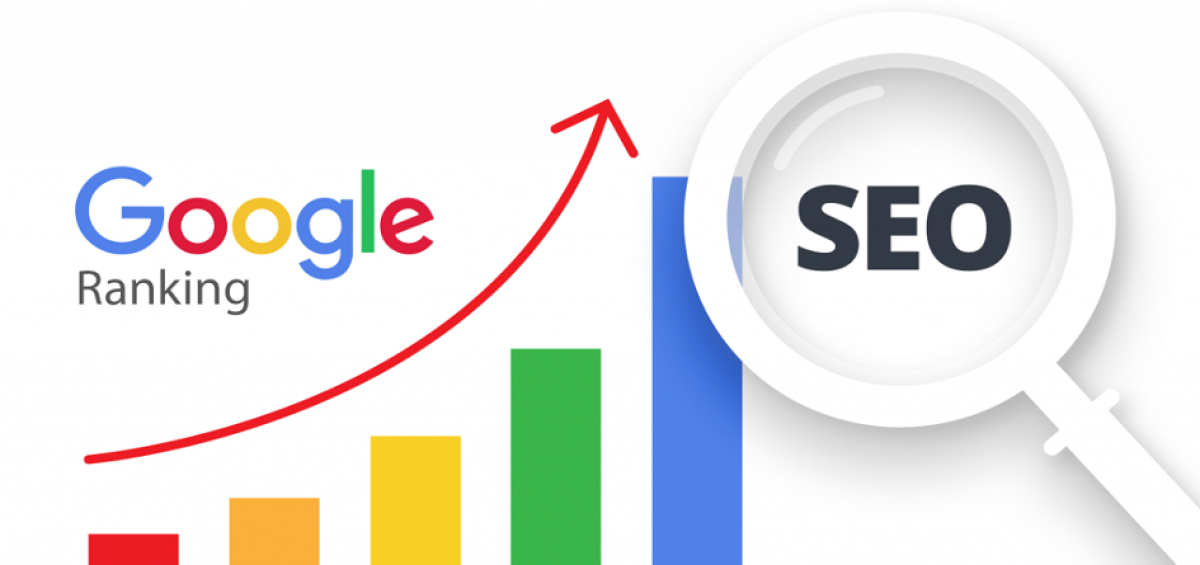In an era defined by artificial intelligence (AI), the landscape of search engine optimization (SEO) is evolving rapidly. AI-powered tools and algorithms now dominate how Google ranks content, making it essential for businesses and creators to adapt their strategies. Google SEO course, a cornerstone of digital marketing, requires more than traditional keyword stuffing or backlinks; it demands a deeper understanding of AI-driven technologies like Google Search Console, Google Analytics, and advanced content optimization tools.
Today’s SEO is about crafting content that aligns with Google’s AI algorithms while meeting user expectations. For instance, Google’s BERT (Bidirectional Encoder Representations from Transformers) and MUM (Multitask Unified Model) prioritize semantic understanding and user intent over rigid keyword matching. This evolution has made optimizing content for SEO both an art and a science.
With tools like the Google-SEO Checker, marketers can gain insights into their site’s performance, while a Google-SEO course or Google-SEO certification can provide foundational knowledge to navigate these changes. Additionally, real-world Google-SEO examples showcase how strategic content optimization can drive visibility and engagement. From using AI-enhanced tools to understanding algorithm updates, also explore how you can stay ahead in the competitive world of search engine optimization.
The Core Pillars of Google SEO Tools in the AI Era
Optimizing for Google-SEO in the AI era revolves around understanding user intent, leveraging advanced tools, and creating high-quality content. AI-powered algorithms like BERT and MUM prioritize content that aligns with user expectations, emphasizing relevance and context over keyword density
- Understand User Intent with AI
Using AI-powered Google -SEO tools like Google Analytics, you can analyze user behavior, search queries, and engagement patterns to identify what your audience is searching for and how they interact with your content.
- Leverage Google Search Console for Optimization
Use it to monitor search traffic, identify high-performing pages, and pinpoint areas for improvement. It can also highlight issues such as crawl errors, mobile usability problems, or slow-loading pages, which impact rankings.
- Focus on Quality Over Quantity
AI algorithms like BERT focus on understanding the context and meaning of content rather than just keywords. Create in-depth, well-researched articles that address specific topics comprehensively. Instead of writing several short articles, aim to produce fewer but higher-quality pieces that provide genuine value.
- Utilize Google SEO Checkers for Performance Insights
Regularly auditing your content with a Google-SEO Checker helps identify areas for improvement. These tools evaluate factors like keyword usage, readability, meta tags, and mobile responsiveness. They ensure your content aligns with current SEO best practices.
- Incorporate Multimedia Content
AI-driven SEO rewards diverse content formats. Adding videos, infographics, and images enhances user engagement and reduces bounce rates. Google also values alt text and descriptive file names, which help multimedia elements contribute to SEO.
Harnessing AI Tools for SEO Success
- Use Google Analytics for Data-Driven Decisions
Use this data to refine your SEO strategies, focusing on what resonates with your audience.
- Invest in Education Through a Google-SEO Course
A Google SEO certification or course provides the knowledge needed to understand and adapt to AI-driven algorithms.
- Experiment with AI-Enhanced Content Creation
AI tools like ChatGPT and Jasper can assist in brainstorming topics, generating outlines, or even writing drafts. While AI can’t replace human creativity, it can streamline the content creation process, ensuring your content meets Google’s SEO standards.
- Optimize for Voice Search
With the rise of voice assistants, optimizing for conversational queries is critical. Focus on long-tail keywords and natural language phrases to align with how users speak when searching.
- Monitor Competitors with Google SEO Examples
Analyze competitors who excel in search rankings to understand their strategies. Identify patterns in their content structure, keywords, and backlink strategies to apply to your own SEO efforts.
The Role of Mobile Optimization in SEO
A crucial part of SEO is mobile optimization, particularly in light of Google’s mobile-first indexing policy. Because mobile users are becoming more and more dominant in internet traffic, this strategy gives priority to a website’s mobile version for ranking and indexing. A mobile-optimized site ensures a seamless user experience through responsive design, fast loading times, and intuitive navigation. Poor mobile performance, such as slow loading pages or difficult navigation, leads to higher bounce rates, negatively impacting search engine rankings. Tools like Google Search Console and Google PageSpeed Insights can help identify and address mobile-specific issues. Additionally, optimizing for mobile involves ensuring content readability, avoiding intrusive pop-ups, and designing for touch-screen usability. As mobile continues to dominate web access, businesses that prioritize mobile optimization will not only improve their Google-SEO rankings but also enhance user satisfaction, ultimately driving more traffic and conversions.
Google SEO: Best Practices for On-Page Optimization
- Craft Compelling Titles and Meta Descriptions
Use primary keywords naturally in titles and meta descriptions. These elements are often the first impression users have of your content, so make them engaging and informative.
- Focus on Internal and External Linking
Linking to authoritative sources and interlinking your own content improves credibility and keeps users engaged longer.
In the end, optimizing content for Google SEO in the AI era requires a blend of technical know-how, user-centric strategies, and continuous adaptation. Leveraging tools like Google Search Console, Google Analytics, and Google-SEO Checkers, combined with ongoing education through a Google-SEO course or certification, can position your content to thrive in the competitive digital landscape. By focusing on quality, intent, and user engagement, you can ensure your content not only ranks higher but also provides genuine value to your audience. Embrace these strategies today to stay ahead in the ever-evolving world of search engine optimization.






